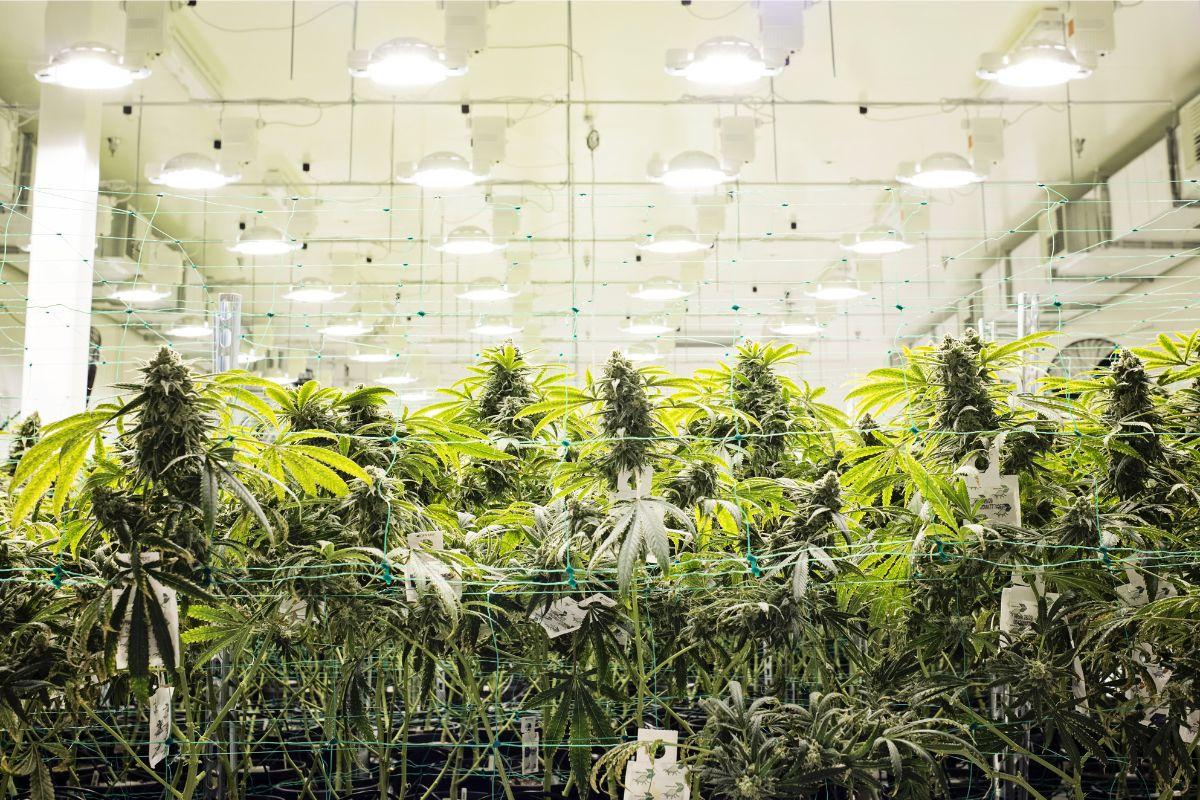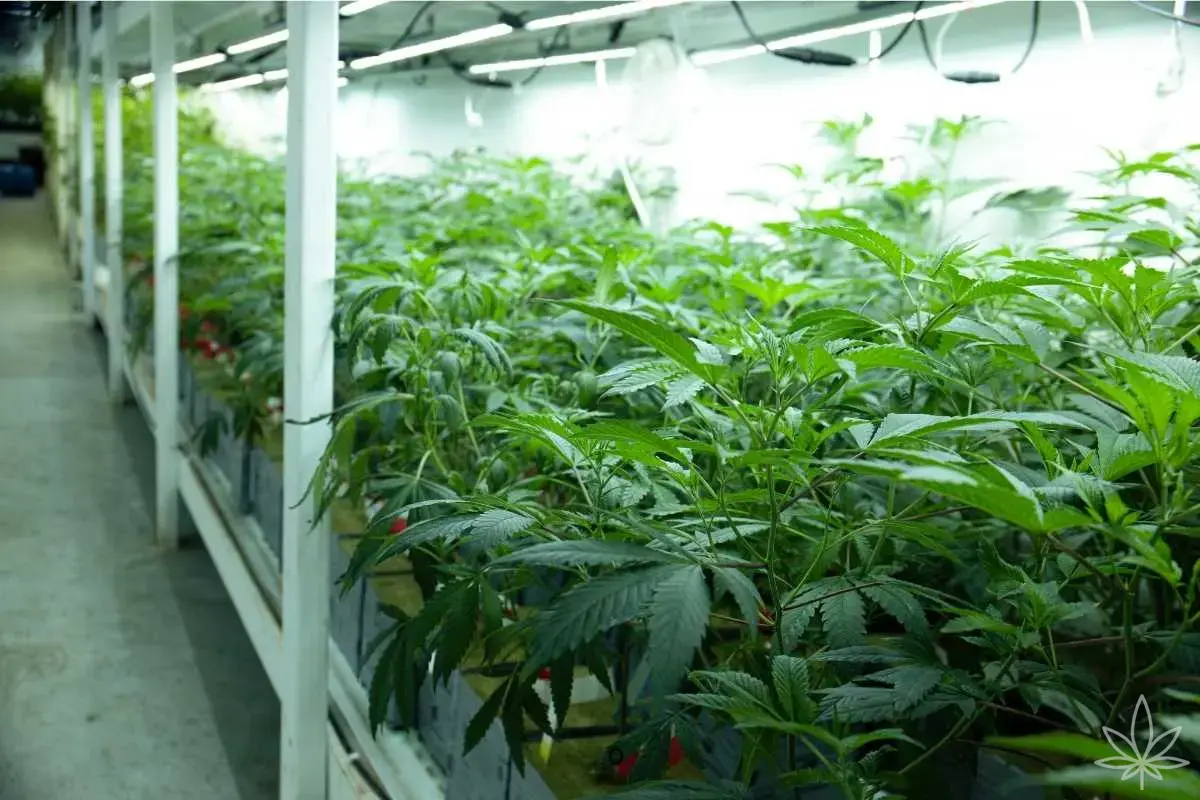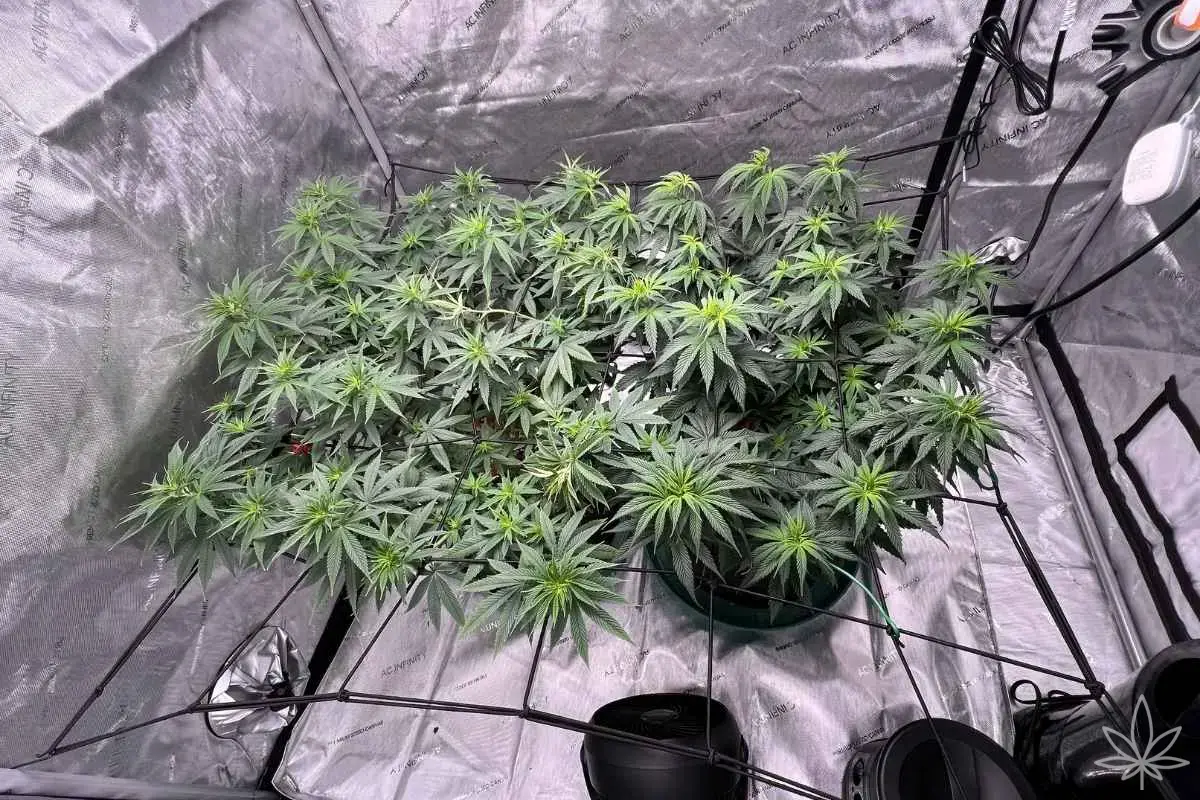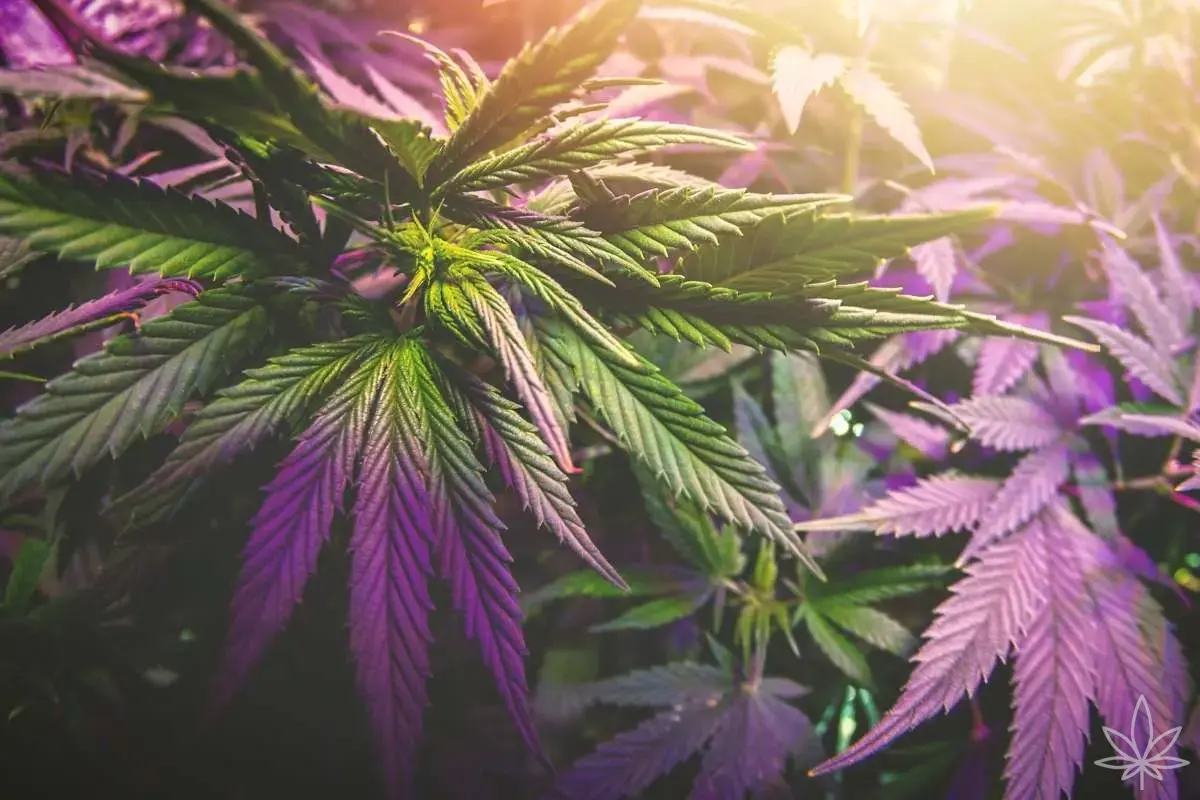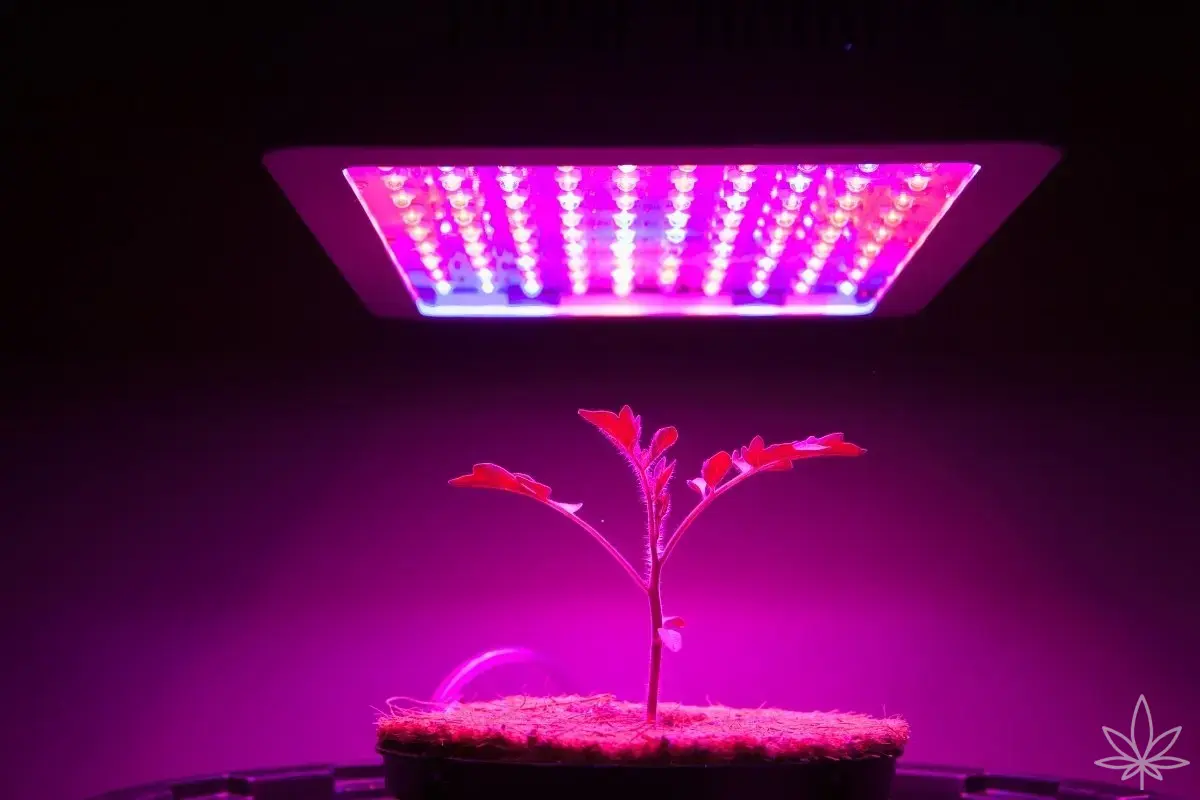Light is more than just “fuel for photosynthesis” for cannabis. It’s also a clock. The plant “reads” the length of day and night to decide whether to keep growing leaves and stems (vegetative stage) or start producing flowers (flowering stage). Understanding how this clock works — and how to set it in indoor growing — is one of the most important skills for a grower. Without it, it’s easy to end up with weak yields, uncontrolled stretching, or, in the worst case, plants stubbornly “pretending” it’s not yet time.
Photoperiod vs. Autoflower (and a bit about genetics)
- Photoperiod strains (classics) react to the shortening of days: long days = vegetative growth, short days = flowering. Here, you control the switch.
- Autoflower (with ruderalis genes) flower based on their biological clock, regardless of day length. Light still affects growth rate and yield but does not trigger or stop flowering.
- Indica/Sativa/Hybrid: Indicas usually finish faster and tolerate intense lighting under shorter cycles; sativas prefer more “daytime” in veg and often take longer to ripen. Hybrids do their own thing — meaning it varies.
The classic two-phase cycle
- Vegetative stage (VEG): the standard is a long day and short night. 18 hours of light and 6 hours of darkness (18/6) is the norm. Some go for 20/4, but it’s not a magic booster — if your microclimate is off, extra hours won’t fix it.
- Flowering stage (FLOWER): for photoperiod plants, switch to shorter days. The 12/12 cycle — equal parts light and darkness — reigns supreme. This “short day” tells the plant: “Time to bloom.”
Note for autoflowers: They are usually kept under long days (18–20 hours of light throughout the cycle), because every extra “day” means more photosynthesis. But they’ll still flower when they want to.
Darkness is also a signal
Beginners often focus on “how much to light” and forget about darkness. For photoperiod plants, nighttime is sacred. A leaky grow tent, a “pinprick” of light from a standby LED, an open door — and trouble begins: stress, delayed flowering, and in the worst case, hermaphroditism. If the plant is supposed to have night — give it a real night.
Spectrum — color matters
Light is not just quantity but quality:
- Blue light (cooler spectrum) promotes compact, bushy growth in veg.
- Red light (warmer spectrum) supports flowering and bud ripening.
- Full-spectrum LEDs usually cover both needs; you don’t have to chase a “perfect spectral recipe” as long as you have a good-quality panel and stable microclimate.
A bonus note: short “taps” of far-red light at the end of the day can speed up “falling asleep” for plants — an advanced tweak for later, not a must-have for beginners.
How much light is enough?
Instead of obsessing over watts, it’s worth understanding DLI (Daily Light Integral) — the amount of light delivered over a day. In veg, plants can tolerate and use a higher “daily dose” of light than in late flowering, but here’s the catch: intensity must go hand-in-hand with CO₂, temperature, humidity, and nutrients. If you “crank” the light without matching the other factors, you’ll get deficiencies, burns, or stalled growth.
Golden rule: Don’t chase charts. First, stabilize climate (temperature, RH, airflow), then gradually increase light intensity and watch plant response.
Growing medium affects “day dosage”
- Soil: forgiving, buffers EC/pH swings. Slightly slower dynamics, so cutting veg too short is less efficient — the plant needs a moment to “find its rhythm.”
- Coco coir: faster water and oxygen exchange around roots. Plants react more quickly to light, making shorter veg cycles and faster turnover easier.
- Hydroponics/aeroponics: highest reaction speed to light (and to mistakes). Great for heavy lighting in short veg — but that’s “advanced league.”
Lights: LED, HPS, CMH — which to choose?
- Full-spectrum LED: cooler to run, better spectral control, high efficiency. Ideal for apartments and small tents.
- HPS/MH: the classic. MH for veg, HPS for flower. Powerful, but produce heat — you’ll need to manage temperatures.
- CMH/LEC: friendly spectrum, decent efficiency, good balance.
For most beginners, a quality LED with dimming control wins. It’s easier to keep temps in check and adjust intensity gradually.
Switching from veg to flower — when?
There’s no calendar date. The decision is based on plant size and your training method:
- SOG (many small plants) is flipped early to keep final height low.
- ScrOG/LST (screen of green or low-stress training) — longer veg to fill the canopy, then 12/12 when the net is full and even.
- Remember, after the flip comes “stretch” — 1–3 weeks of rapid vertical growth. Leave space for it.
Common light-related mistakes
- Light leaks at night (photoperiod) — classic. Symptoms: stalled flowering, reversion, nanners.
- Cranking power too fast — scorched tops, stalled growth. Increase gradually.
- Lights too close — light stress shows as “canoeing” leaves, bleaching tops.
- Schedule chaos — changing cycles every few days? The plant gets confused. Set it, leave it, observe.
- Ignoring climate — light is half the equation. Without temp/RH control, you’re cutting corners.
What about “non-standard” cycles?
You’ll find dozens of ideas online: 13/11 for a “sativa kick,” 11/13 for faster ripening, 24/0 veg for autos… Yes, experiments exist and sometimes work, but they’re not for a first run. Start with 18/6 and 12/12 (photoperiod) or 18–20 h for autos throughout the cycle. Once you’ve nailed the basics — then test away.
Matching cycle to strain and space
- Small tent, low height: shorter veg, early flip; train plants horizontally.
- Hybrid with sativa lean: don’t overextend veg — it will stretch anyway. Plan for a net or LST.
- Autos in micro set-ups: steady 18–20 h light, no flip. Stable climate > fancy schedule tweaks.
Syncing with feeding
Cycle changes = nutrient changes. After switching to 12/12, the plant manages N-P-K and micros differently. Don’t flood it with nitrogen in early flower, or you’ll get a dark leafy jungle and slow ripening. Light sets the rhythm, but your feed can’t be dancing to a different beat.
Quick starter checklist
- Seal your nights — zero light leaks during dark hours.
- Set your rhythm and don’t change it constantly.
- Start with moderate intensity and raise it gradually.
- Watch the tops — they tell you first if it’s too close/too much.
- Keep airflow moving and temps stable.
Essence in one sentence: Veg means long days, flowering means short days (for photoperiods), and success depends on consistent rhythm, true darkness, and sensible light dosing in relation to climate. The rest — comes with practice.

